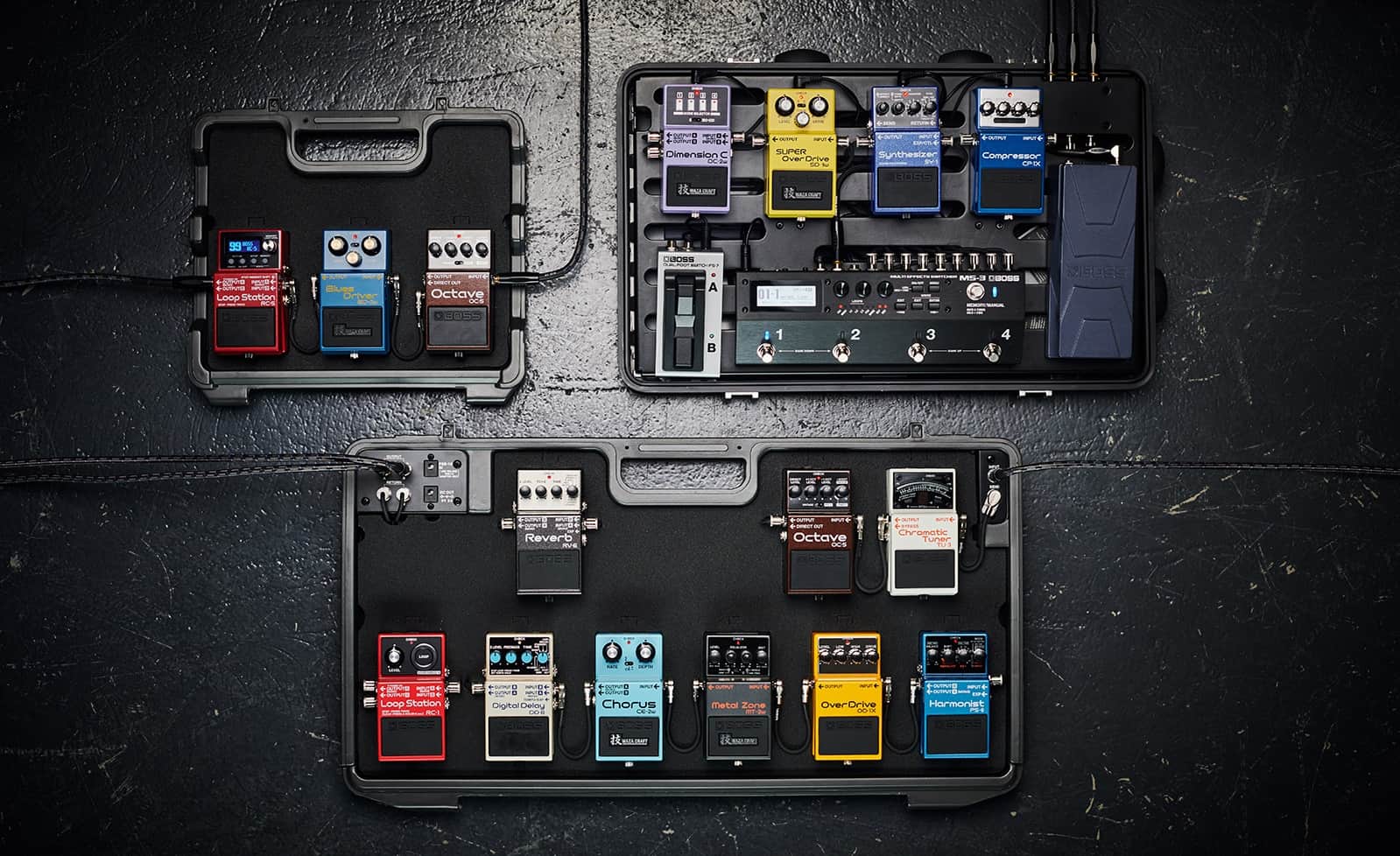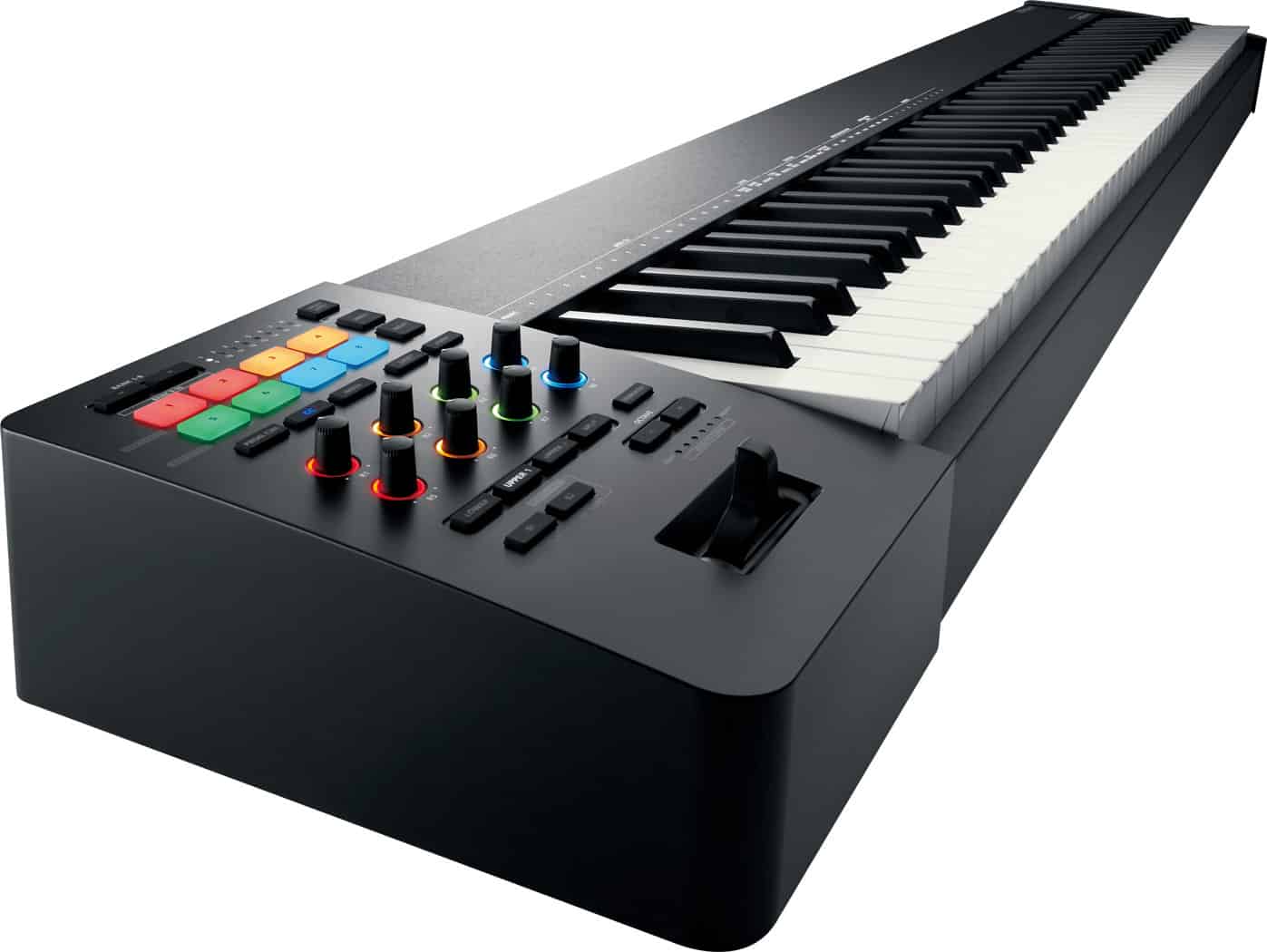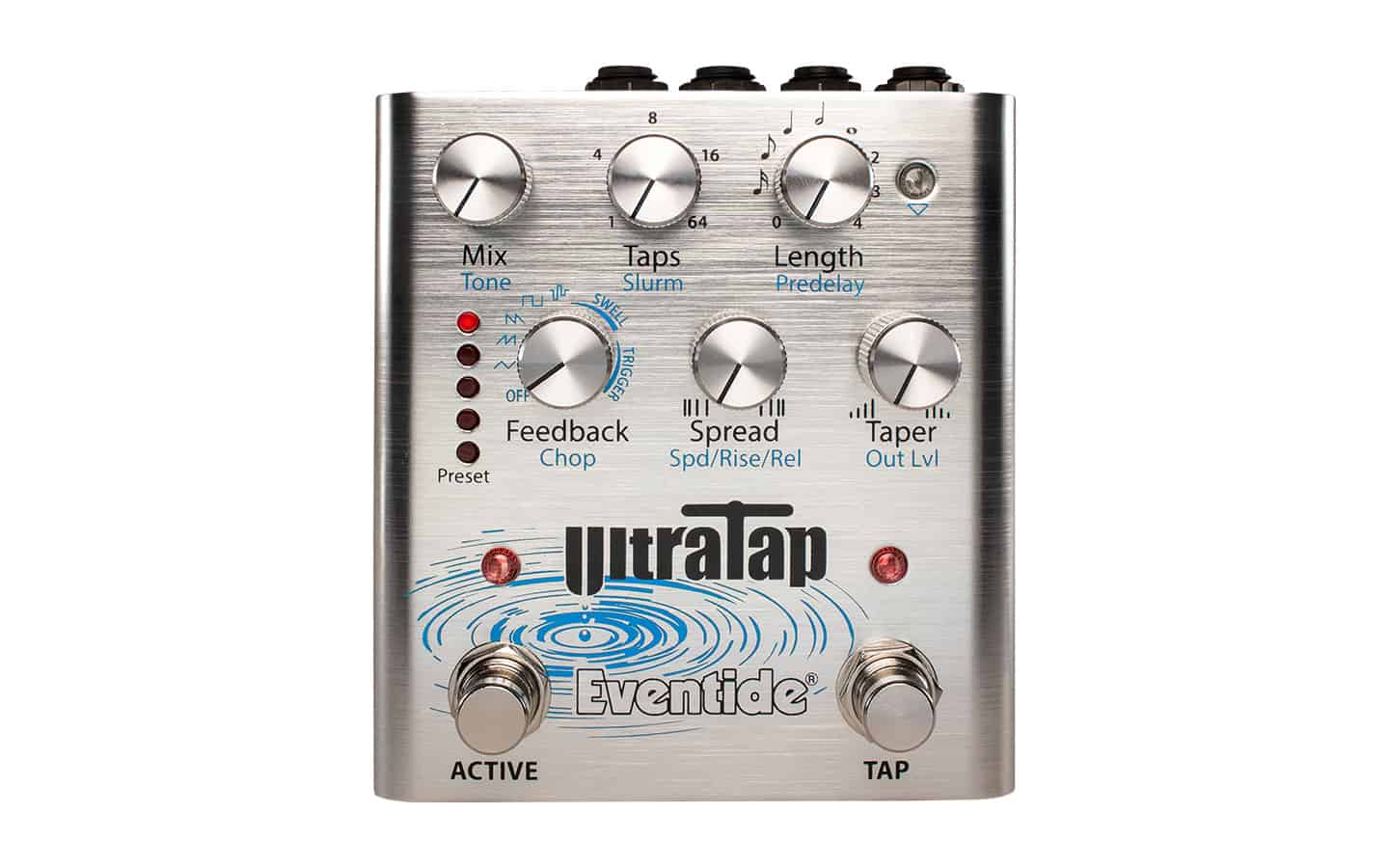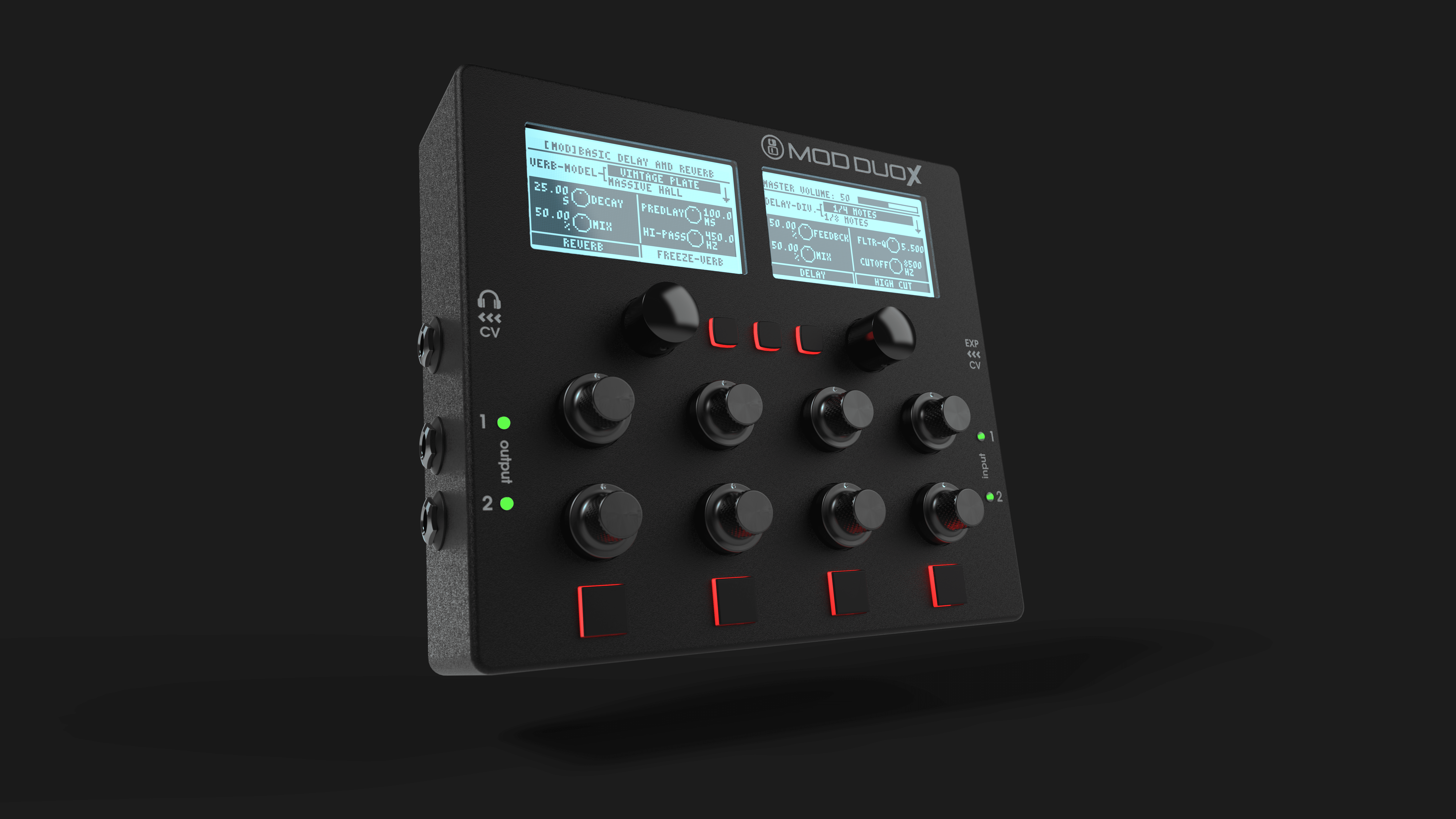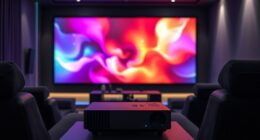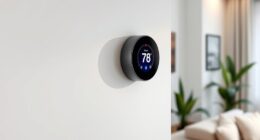Roland Updates the Range of BCB Pedalboards
Roland updated their flagship BCB pedalboard range and added a new model—the premium travel-friendly BCB-1000. The BCB-90X and BCB-30X offer more flexibility for modern pedal layouts and the BCB-1000 is a robust and practical solution for traveling with your pedals.
The world of effects pedals really started to expand in the early 1970s, launching a new era of creative exploration for guitarists. Soon, top touring players and session musicians began commissioning elaborate custom-built rigs to house their effects, and the concept of the modern pedalboard was born. But for the average player, an affordable, off-the-shelf option was virtually non-existent for many years.
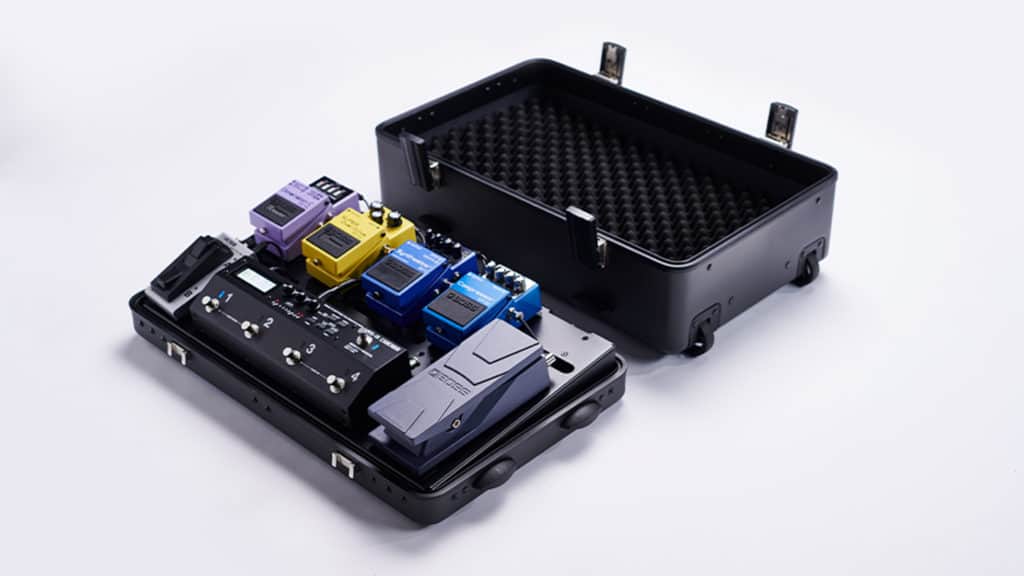
That all changed in 1982 when BOSS introduced the BCB-6, a user-configurable pedalboard for the masses. This breakthrough product featured an innovative molded design that was both the board and carrying case, and allowed guitarists to incorporate six compact pedals—plus the new BOSS TU-12 tuner, another milestone product—in an integrated, ready-to-play package.
Adopted by countless players in the decades since BCB pedalboards have continued to evolve to meet their changing needs. The latest BCB lineup is our most versatile and diverse to date, providing trusted BOSS solutions for modern pedal setups and musicians on the move.

